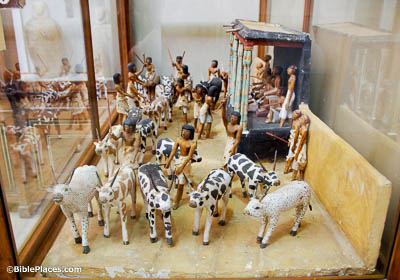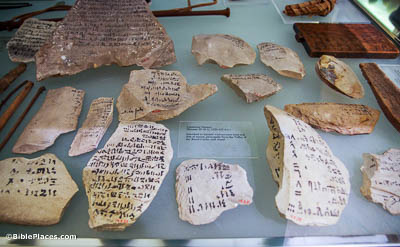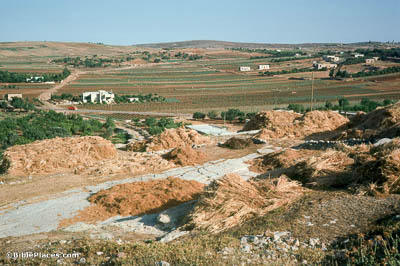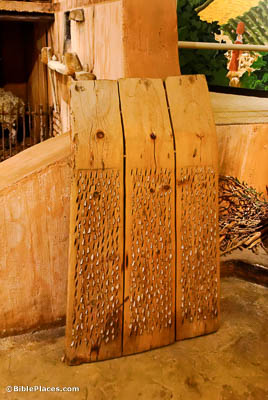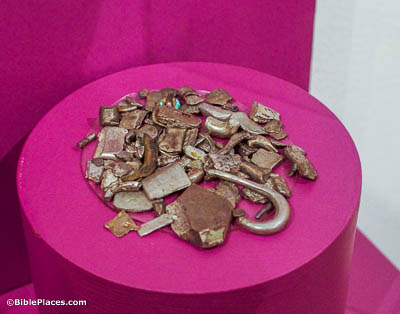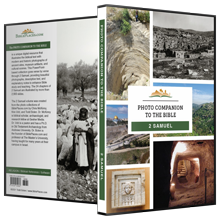Now again the anger of Yahweh burned against Israel, And He incited David against them, saying, “Go, number Israel and Judah” (2 Samuel 24:1).
To “number” was to count or to take a census. It is not immediately clear why this was sinful since there is no known prohibition against it, but all of the persons involved in the story agree that David’s actions were wrong. First Chronicles 21:1 indicates that Satan was involved with this event too, a fact that is not mentioned by the author of 2 Samuel. This model from ancient Egypt depicts herdsmen moving their cattle past a booth as scribes count them.
